
Adding Ozone Lowers the Heat for Biofuel Combustion
Ozone injection may lead to cleaner, more efficient internal combustion engines.

Ozone injection may lead to cleaner, more efficient internal combustion engines.

Highly selective interactions between regions of hybrid polymer particles means they can be programmed to assemble into crystal superstructures.
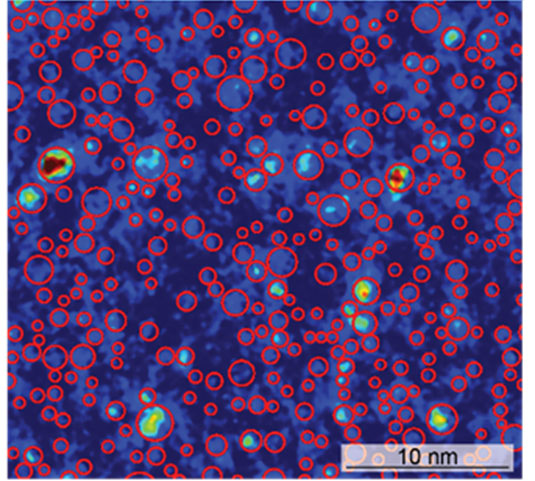
Study finds atomic-scale ordering of elements in a metallic alloy that is responsible for alloy’s increased strength.
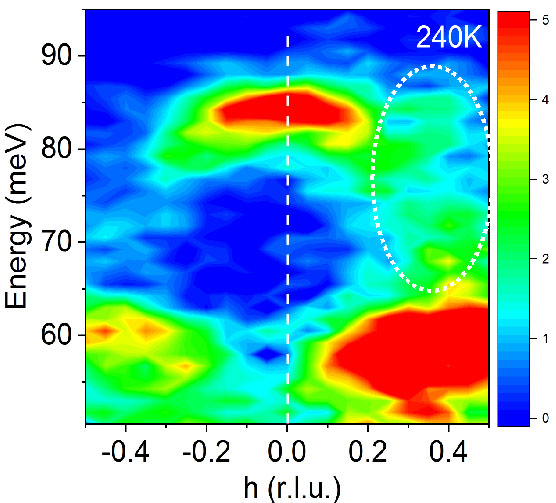
Scientists uncover a microscopic mechanism that involves atomic vibrations in a quantum material that trap electrons.
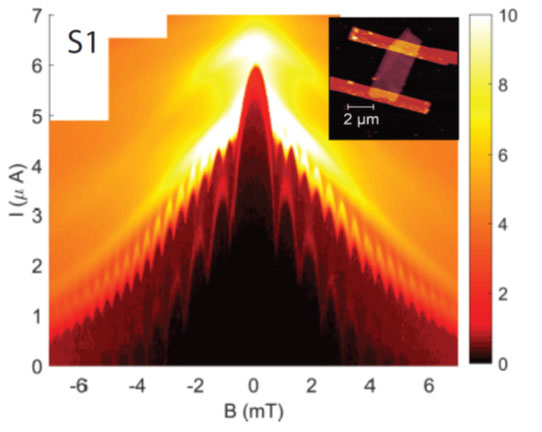
Scientists discover a ‘super’ current on the perimeter of an exotic material.
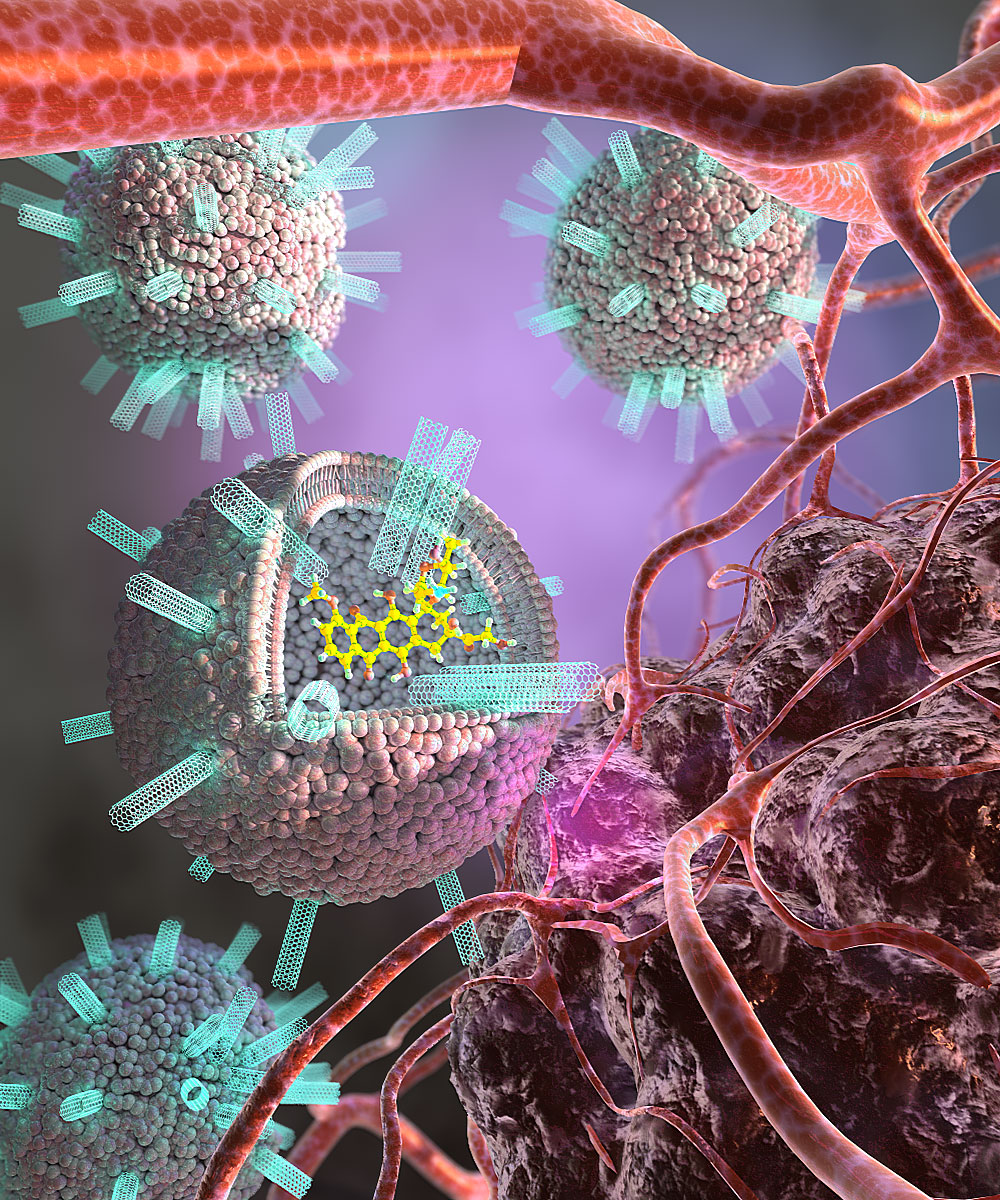
Short carbon nanotubes in liposome membranes help fuse the liposomes and cancer cells to directly deliver a cancer-killing drug.
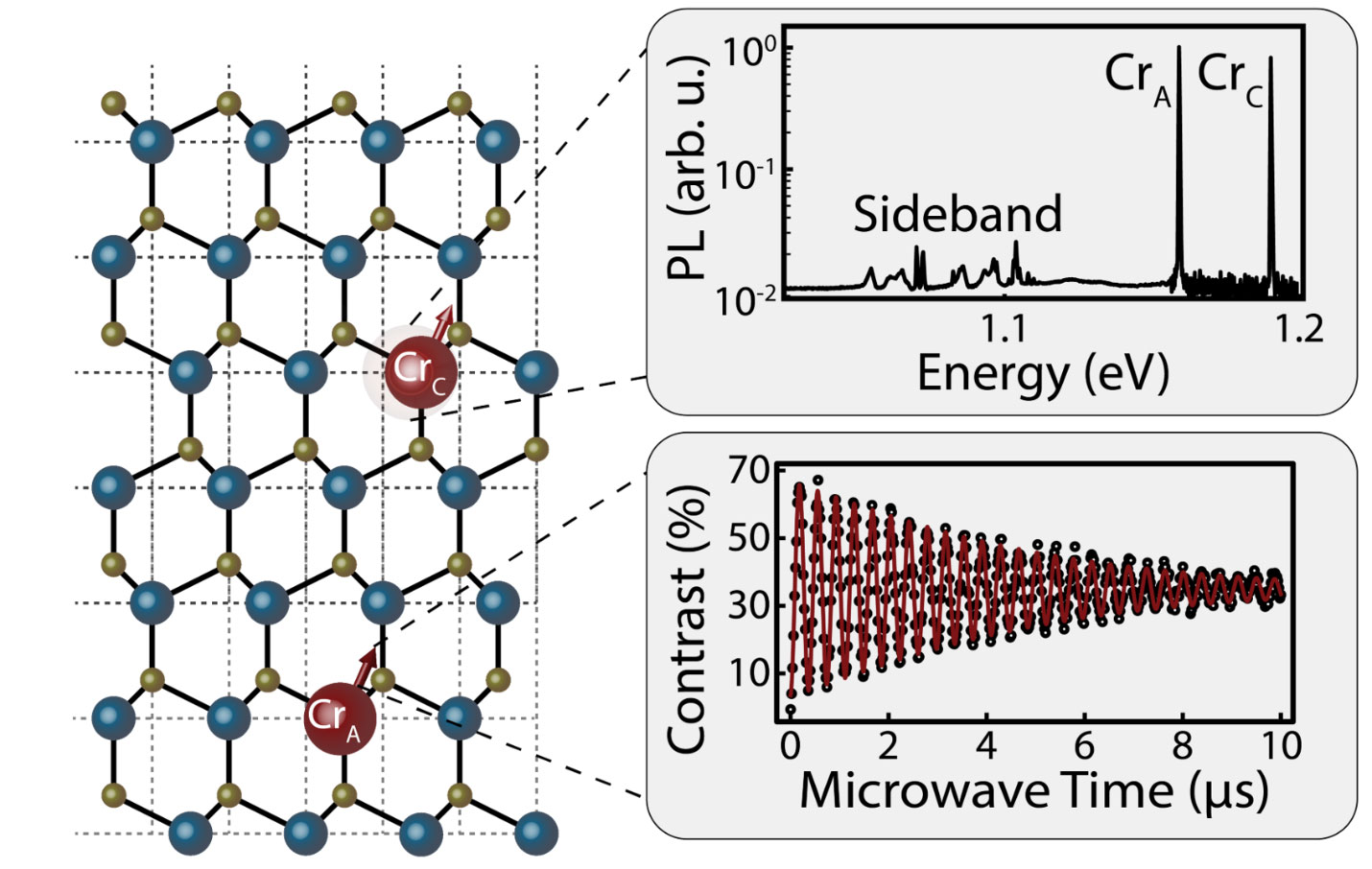
Chromium defects in silicon carbide may provide a new platform for quantum information

Researchers improve their scientific understanding of heterogeneous catalysis by imaging the gas just above the surface of the catalyst.

Using the connected moments mathematical technique decreases the time and computational power needed for quantum computing simulations of chemical systems.
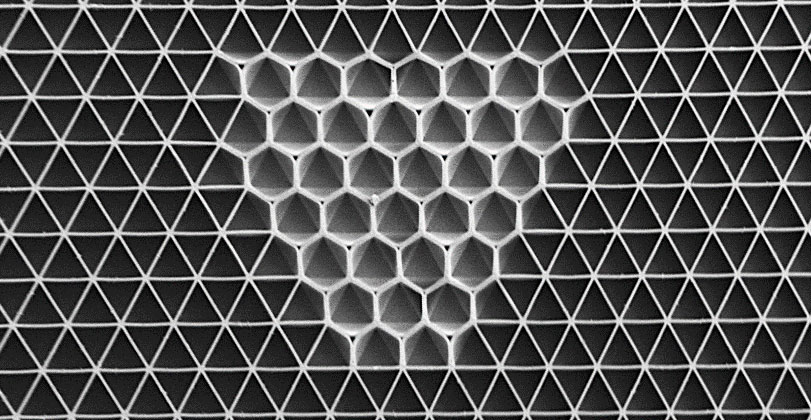
Liquid acts across multiple scales to reorganize connectivity in networks of artificial microscopic cells.
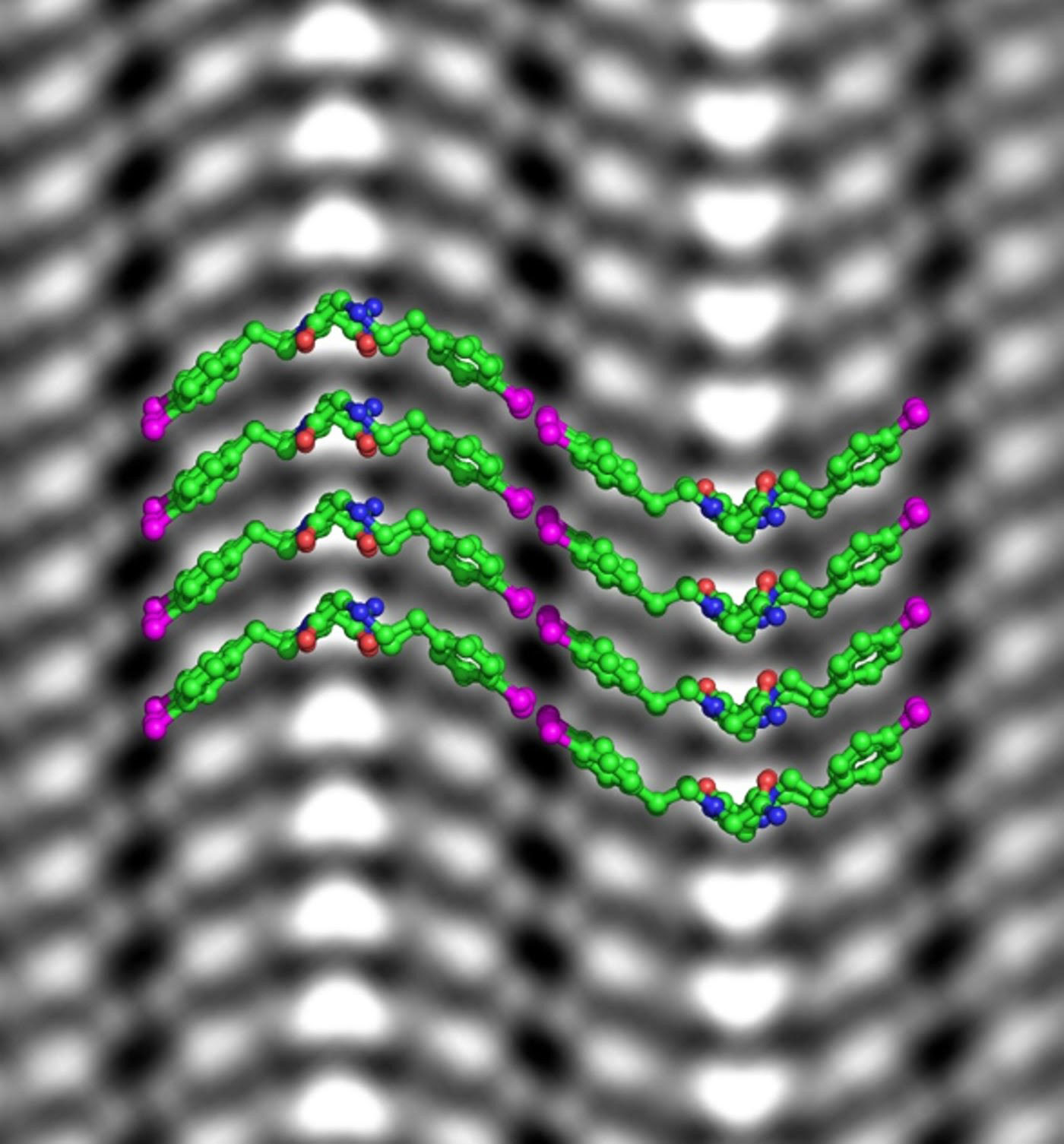
Using cold temperatures and machine learning, researchers visualized individual molecules in a synthetic soft material for the first time.
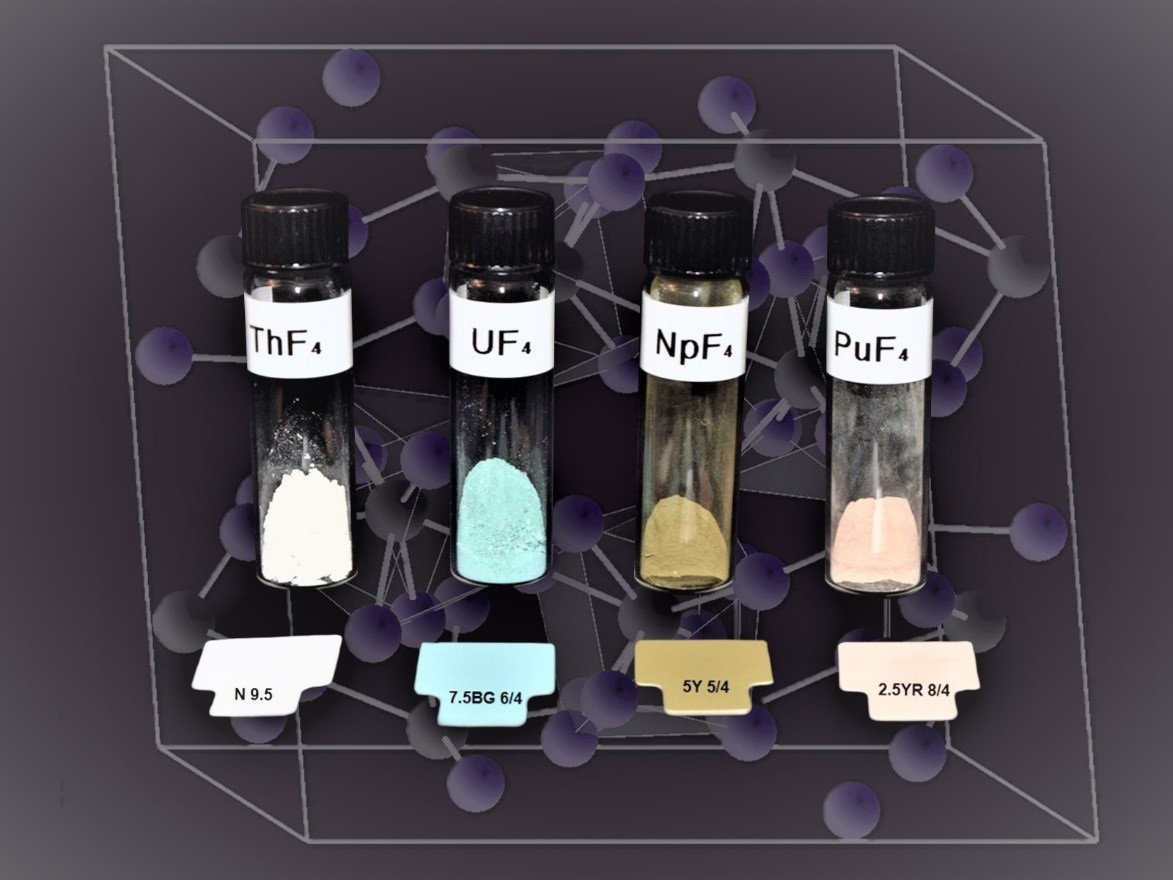
Actinide tetrafluorides exhibit significant variations in their electronic structures despite having nearly identical crystal structures.